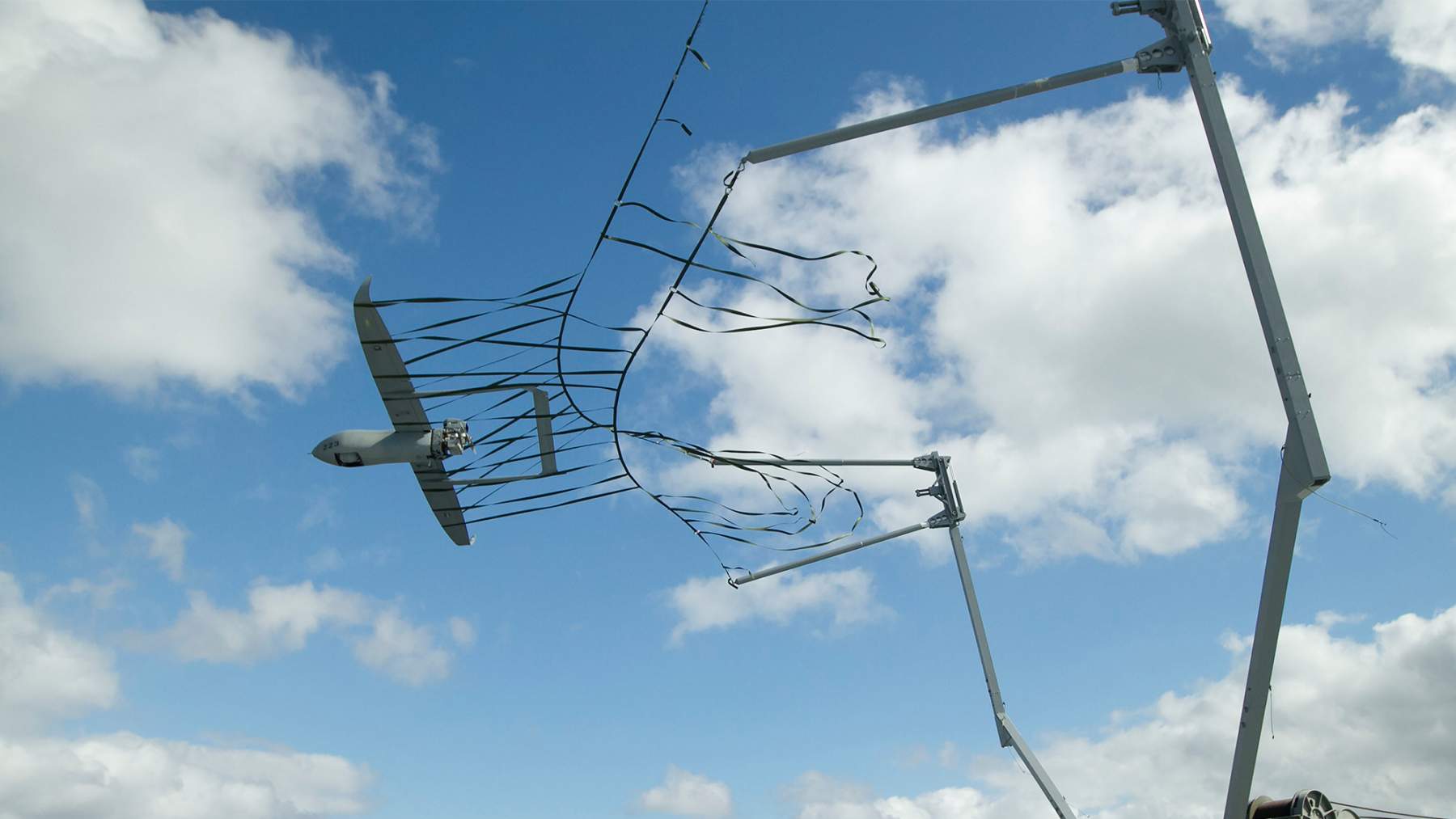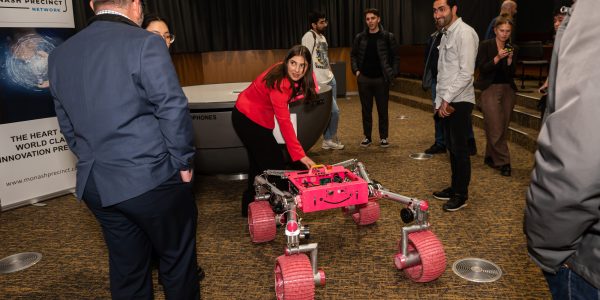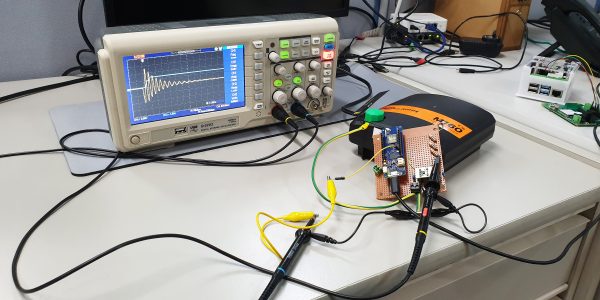In the ever-evolving landscape of transportation, Australia finds itself at the forefront of groundbreaking innovations, particularly in the realms of electric vehicles (EVs) and autonomous driving.
We asked Monash Precinct Network member Textron Systems Australia about how the transport sector down under is transforming with emerging technologies.
As a key player not only observing but actively contributing to the unfolding narrative of tomorrow’s transportation, Textron Systems’ slogan “Pushing Past Possible” certainly is apt.
A huge thank you to Jack Kormas, Managing Director – Textron Systems Australia, for generously sharing insights into the aerospace industry, autonomous and electric air vehicles and emission reduction solutions.
How are emerging technologies like electric vehicles and autonomous driving shaping the future of transportation in Australia, and what innovations is Textron Systems working on to contribute to this transformation?
While Textron Systems Australia doesn’t directly undertake innovations within the EV and autonomous driving industry, I can provide some general insights into how emerging technologies like autonomous and electric air vehicles are shaping our vision of future air transportation and Textron remains committed in being part of that industry.
The adoption of Electric Air Vehicles, or more commonly known as Advance Air Mobility (AAM), is expected to:
- reduce carbon emissions and dependence on fossil fuels,
- reduce congestion,
- provide newer flexible infrastructure such as “vertiports” (an area where electric aircrafts can take-off and land vertically and hover),
- provide accessibility into remote or hard to reach areas,
- help to facilitate emergency responses and medical services,
- be environmentally friendly by reducing noise pollution, and
- provide economic opportunities as new industries will be created.
With autonomy, AAM vehicles will have the potential to improve road safety by reducing human errors and can increase connectivity. Data sharing between vehicles can enhance traffic management and autonomous technologies may lead to changes in urban planning and transportation systems.
The convergence of electric and autonomous technologies is likely to shape the future of smart and sustainable transportation. And innovations in battery technology and energy storage are crucial for the success of AAM vehicles.
Given the potential growth in aerial mobility, how is Textron Systems preparing for the future of flying transportation solutions, and what key challenges and opportunities do you foresee in this sector over the next 10 years?
Among its various systems and programs, Textron is investing in research, development and testing of flying transportation solutions. Alongside collaborations and partnerships, Textron is focusing on several key areas to ensure we overcome the following challenges and understanding the opportunities over the next 10 years:
Opportunities:
- Market growth – being part of the AAM environment.
- Environmental sustainability – via electric or hydrogen fuel cells and reducing our overall carbon footprint.
- Job creation – new jobs with new skill sets.
- Innovation – fostering innovation in multiple domains including aerospace engineering, materials science, data analytics and artificial intelligence.
Key Challenges:
- Regulatory approval – Textron Systems Australia is undertaking experiments with the regulators and sits on the National AAM Advisory Committee developing government policy.
- Safety concerns – addressing vehicle reliability, system redundancies and emergency response procedures.
- Infrastructure limitations – including vertiports and charging stations.
- Technological hurdles – improving battery efficiency and developing reliable AAM vehicles.
- Public acceptance – addressing public concerns on safety and privacy.
As the Victorian Government’s Climate Change strategy leads our state towards a net zero emission future by 2050, can you share Textron Systems’ strategies and initiatives for developing reduced emission transportation solutions?
To achieve a net-zero emission future by 2050, governments often implement a range of strategies and initiatives to address emissions from the transportation sector. Textron Systems is developing various strategies and initiatives that support this target. This will be done by:
- developing and promoting AAM vehicles,
- working with the government to develop policy, regulation and standards,
- investing in alternative fuels such as batteries or hydrogen fuel cells, and
- partnering with government, academia and research institutions.
These are only some of the strategies to ensure net-zero by 2050, but it will be essential to take a holistic and integrated approach involving various stakeholders to maximise the effectiveness of these initiatives.
Monash Precinct Network is excited about the transport opportunities being explored by organisations like Textron Systems Australia, and can’t wait to see how the sector develops to benefit the area and Australia as a whole.
Read more about Textron Systems here.
Interested in becoming a member? View our memberships here.


